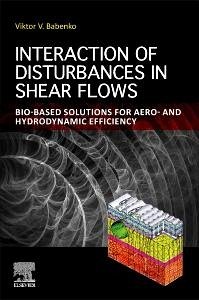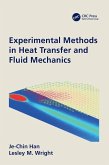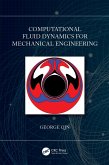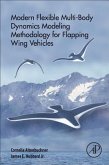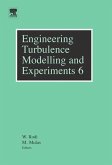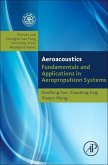Interaction of Disturbances in Shear Flows aims to provide a comprehensive, in-depth overview of the current state of knowledge on the subject. Authored by a recognized expert with decades of experience and many software patents to his credit, the volume covers advances in computational fluid dynamics to showcase innovative ways to apply physical measurements and visualization patterns to solve various aero- and hydrodynamic problems. It also delves into analytical methodologies to compare and contrast with the theoretical models most commonly used in the field. Additionally, it demonstrates the significance of comprehending and managing disturbances in shear flows, discussing practical applications of the research to optimize the design of aircraft, automotive vehicles, and marine vessels, with a strong emphasis on enhancing aero- and hydrodynamic efficiency, fuel economy, and the reduction of harmful emissions. Academia and industry readers alike will find this a useful resource to equip themselves with the tools needed to understand and address practical engineering challenges encountered in their studies or work.
Bitte wählen Sie Ihr Anliegen aus.
Rechnungen
Retourenschein anfordern
Bestellstatus
Storno

